|
Thirty year old perennial geranium flowering today. Drought proof. Deer proof. Full sun. Long lived. Spectacularly colorful in a low maintenance kind of way. We never mulch this rock garden- the plants mulch it with their bodies. Mulching is a PAIN so if you can get plants to do it for you you are ahead of the game. Amsonia (NOT Ansonia!) hubrectii performing it’s less spectacular blossoming in advance of flowing stalks and brilliant fall foliage. Deer proof. Long lived. Uncommon. Generally I do not like it when plants merge together in an orgy of messy unkempt foliage but I walked by this mess and saw beauty, as accidental as it was. It made me happy. Those plants are like friends, having been planted by me in that god forsaken rock garden so people wouldn’t back into the telephone pole about thirty years ago Thirty year old weeping larch I planted to cascade over the boulders. It’s only three feet tall, and is soft and lovable. I think it’s best planted atop a wall or slope so it can cascade. Heart-shaped foliage of weeping redbud shining yesterday. Insect and disease proof. A peony I planted with my kid in 2012 returning yearly with scalding-to-the-eyes color by our front door. Unknown moth resting upon an Asclepias tuberosa about to flower. Monarch butterfly larvae munch on this plant to feed and get toxins that make them inedible to birds. Somehow birds know this- one of mother nature’s mysteries. How do birds know not to eat monarch butterflies? Dwarf pink Veronica flowering nicely after a deluge last night. Plain old kousa dogwood flowering this am. Not my favorite tree but it sure looks great today. Beyond being stunningly, spectacularly beautiful, foxglove is a study in morphological complexity. Dazzlingly psychotic spots mesmerize humans who dare to stare up into the trumpet. 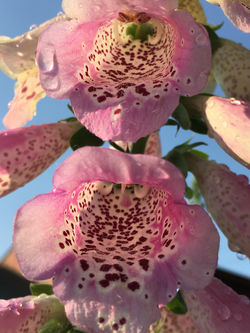 Foxglove took how many millions of years perfecting this flower to attract who? What is the reward to the insect who struggles against gravity to get up into the funnel? What is the function of the spots? Do the spots give the pollinator some sort of dizzying beer-buzz? Pollen exchange occurs on the ceiling of the tunnel, so it must be a fuzzy/hairy backed insect who flits from blossom to blossom with precious cargo stuck to its shoulder blades- maybe the unsung hero of the insect world, the maligned bumble bee, subspecies of which are starting to go extinct because of habitat loss and environmental pollution. Who knows, and its too much trouble to investigate pollinators today. Native white dogwood foliage happy as hell being at our tree nursery. Beneficial insect and bird attracting tree also delights humans with multi-season color and interest. Brand new clematis cultivars have really different and desirable qualities. 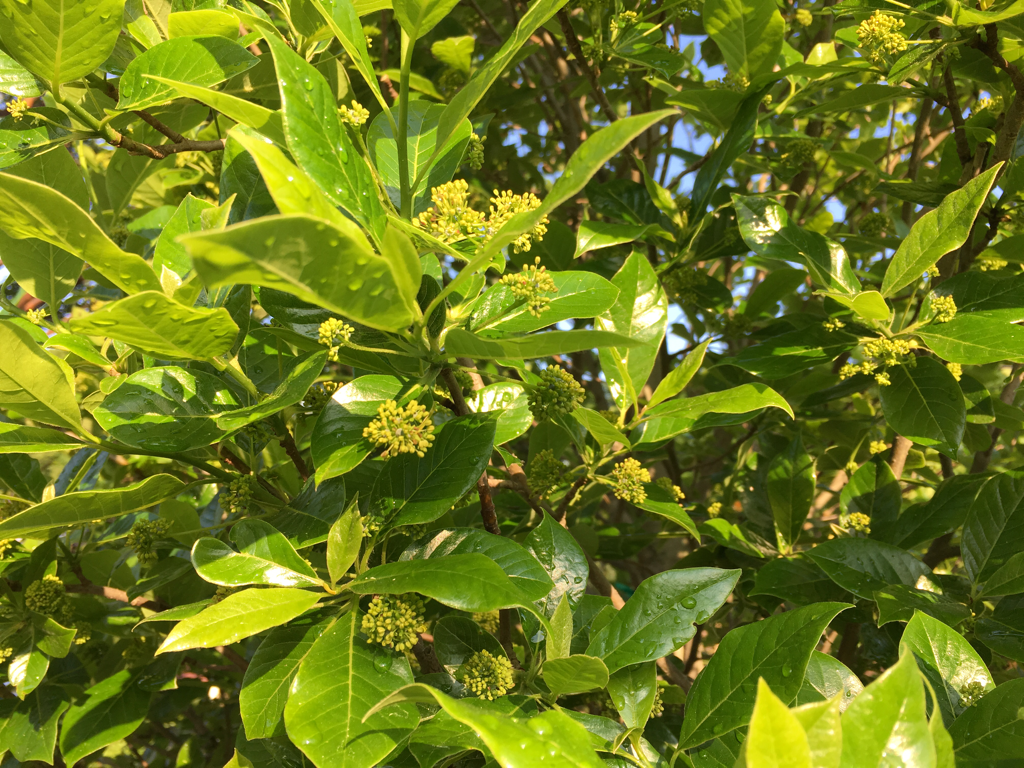 Flowers of the glossy Pepperidge tree 'Green Gables' getting ready to have a pollination party with native pollinators. After pollination, the ovaries develop into an extremely high energy food source for south-bound migratory birds. The tree turns color really early in the fall to advertise to those birds that there is a tree chock full of nutrition just waiting for them. 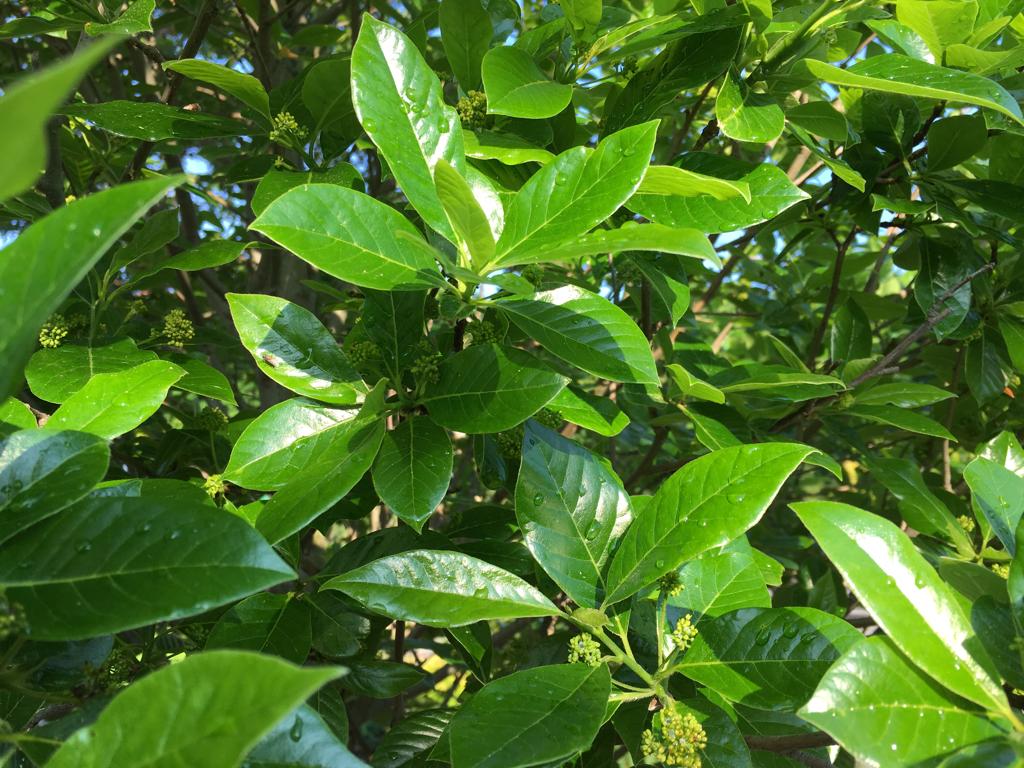 This huge native shade tree is really uncommon, and serves an important function for innumerable forms of life that we all desire in a healthy ecosystem. Pepperidge tree is one of the most stunning of all the fall foliage trees, with deep maroon turning brilliant red/orange. Zebra-striped patterns on older specimens. It is the oldest-living tree on the east coast, achieving 600-700 year old status. This huge native shade tree is really uncommon, and serves an important function for innumerable forms of life that we all desire in a healthy ecosystem. Pepperidge tree is one of the most stunning of all the fall foliage trees, with deep maroon turning brilliant red/orange. Zebra-striped patterns on older specimens. It is the oldest-living tree on the east coast, achieving 600-700 year old status. Comments are closed.
|
Archives
May 2022
Categories |
Winter hours-
|
Telephone(203) 261-3926
|

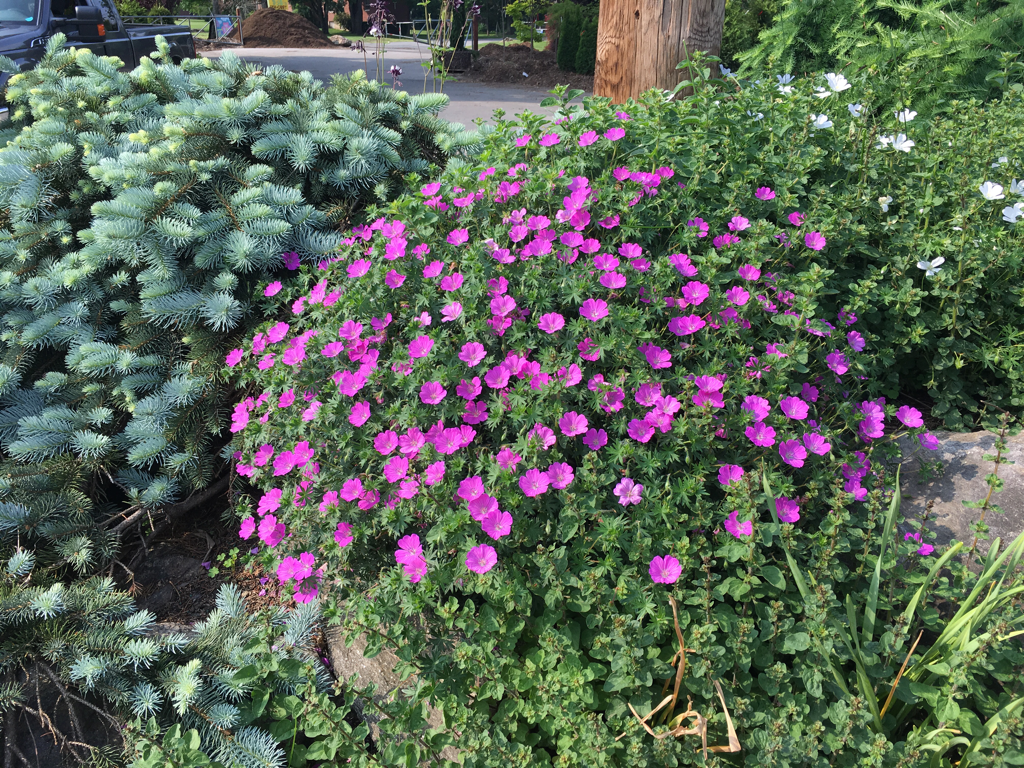
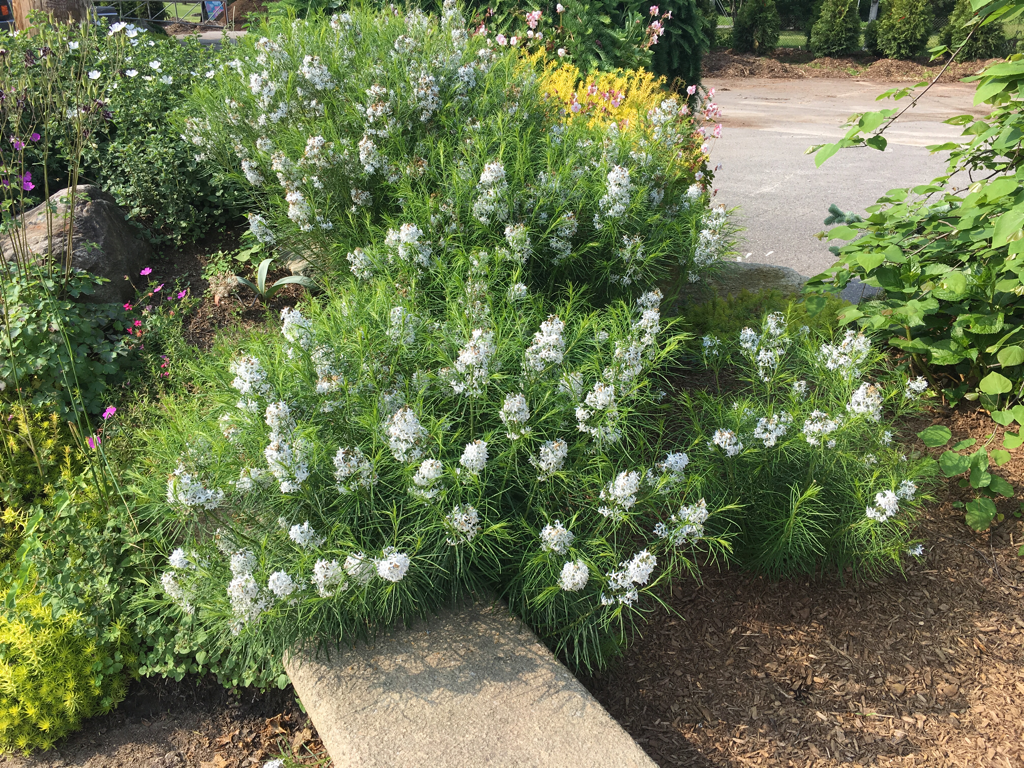
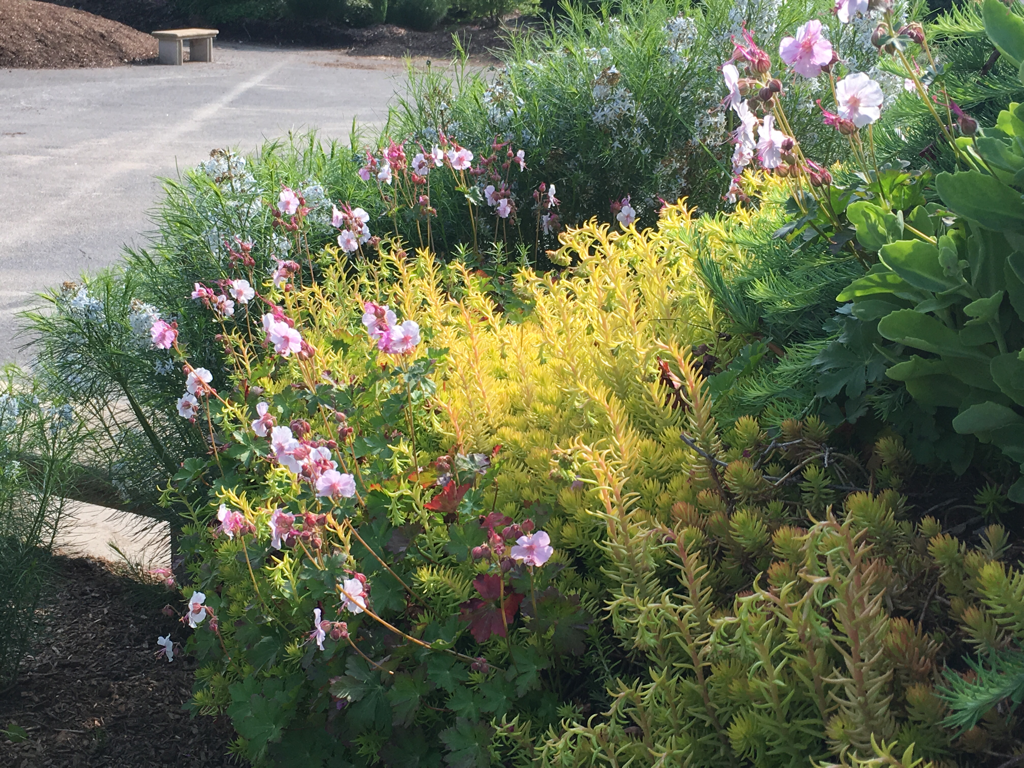
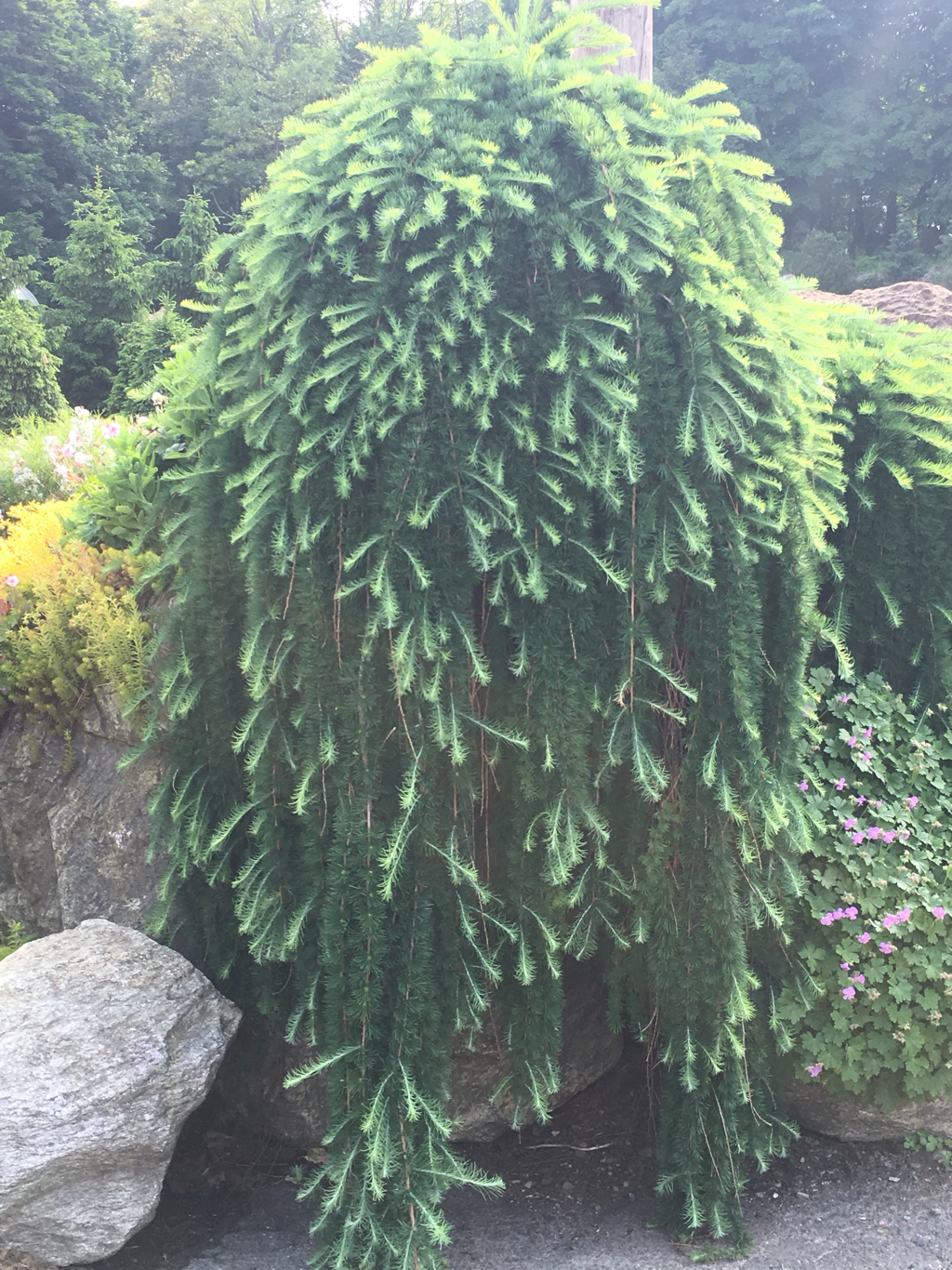
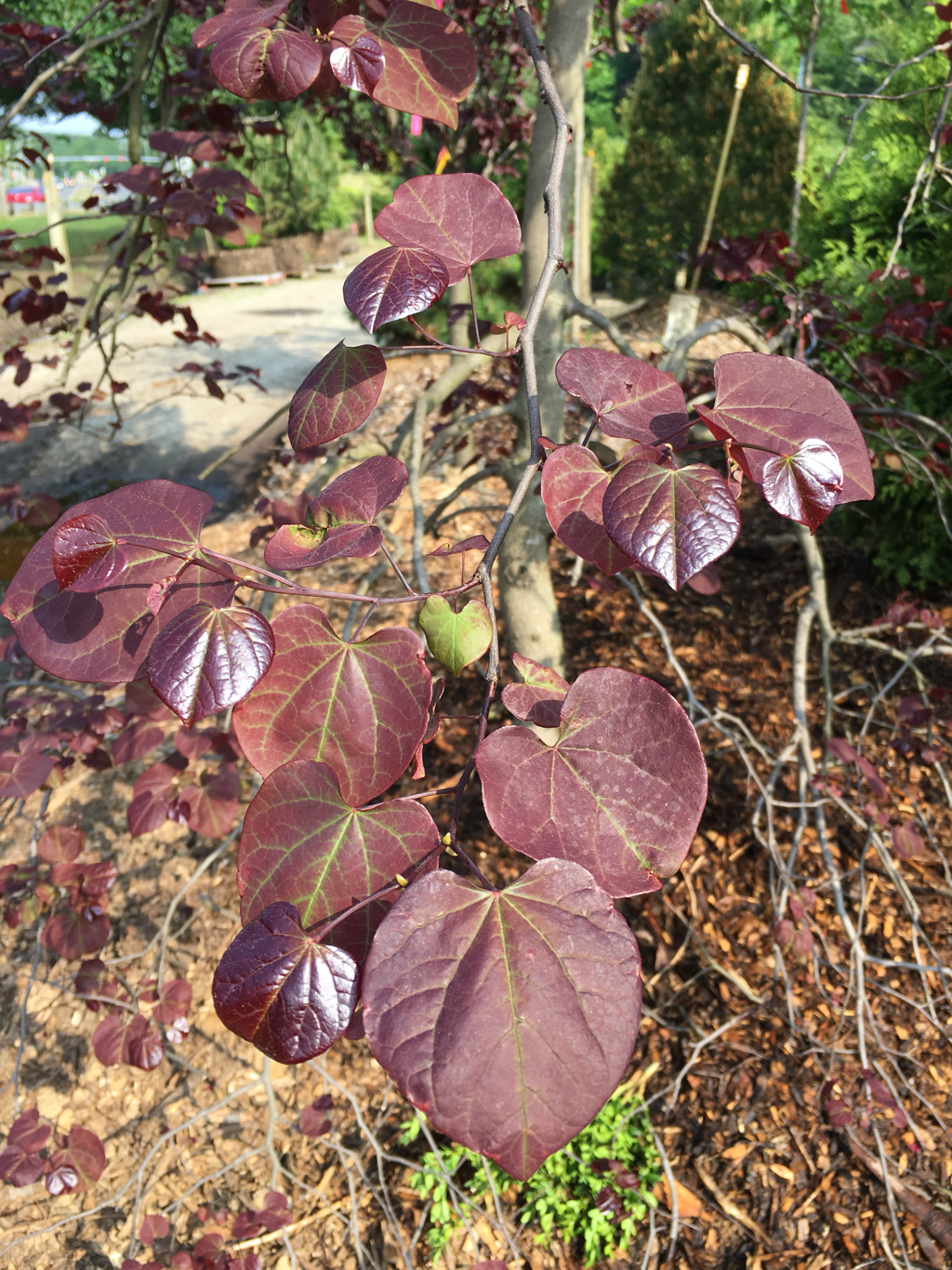
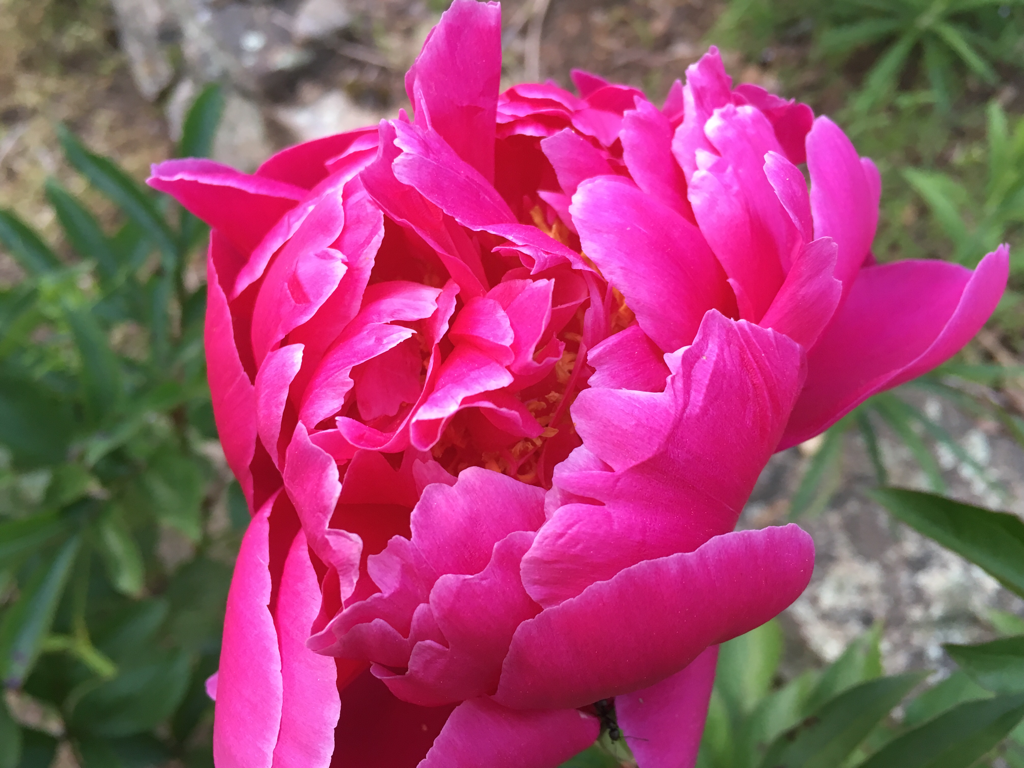
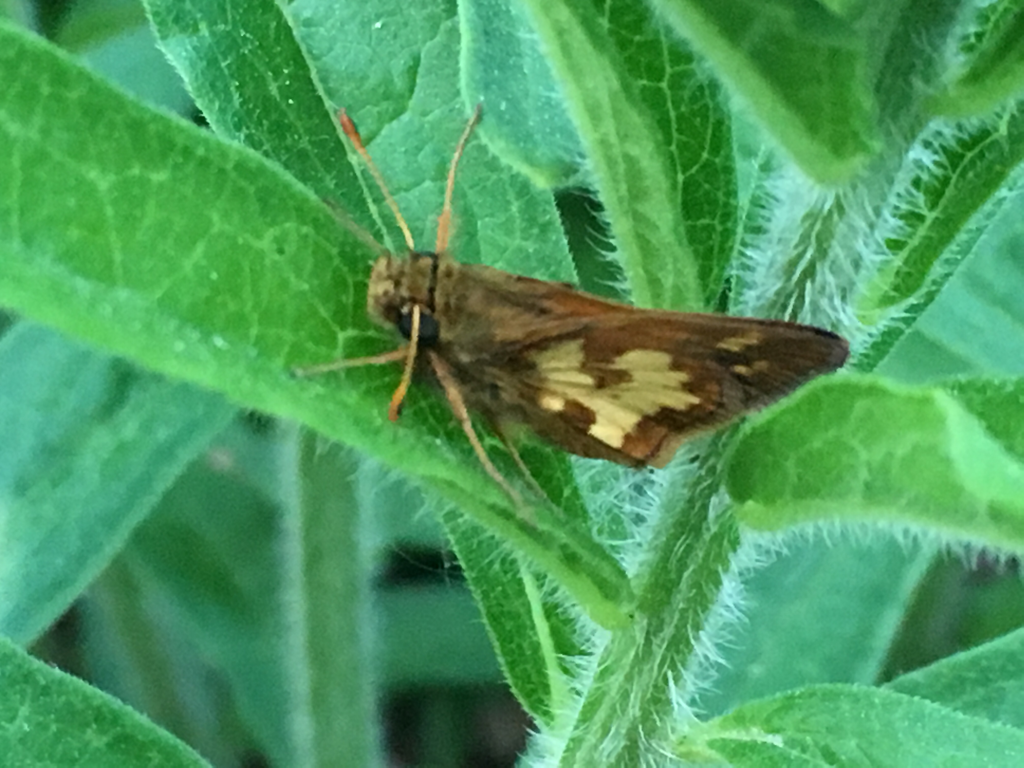
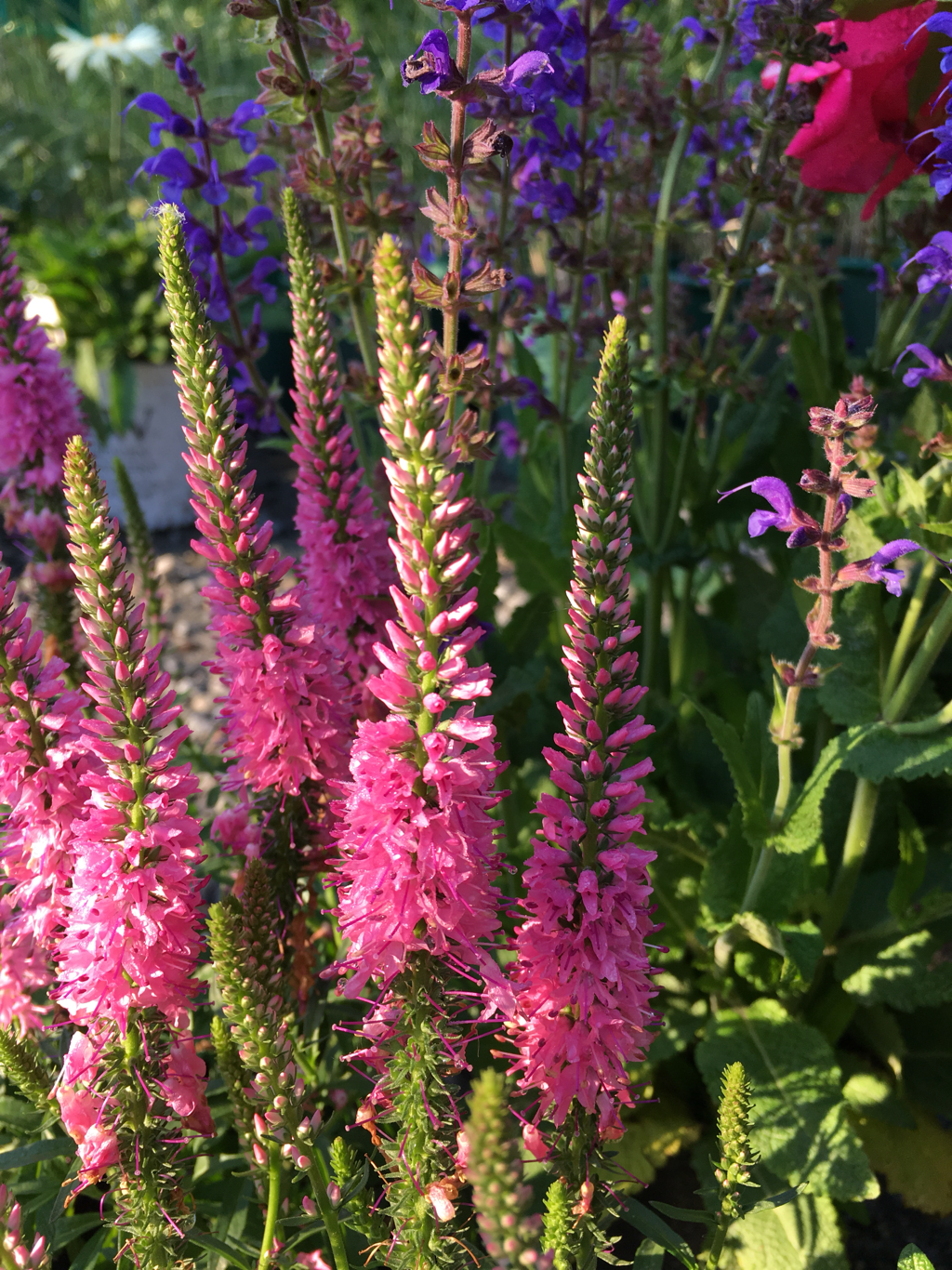
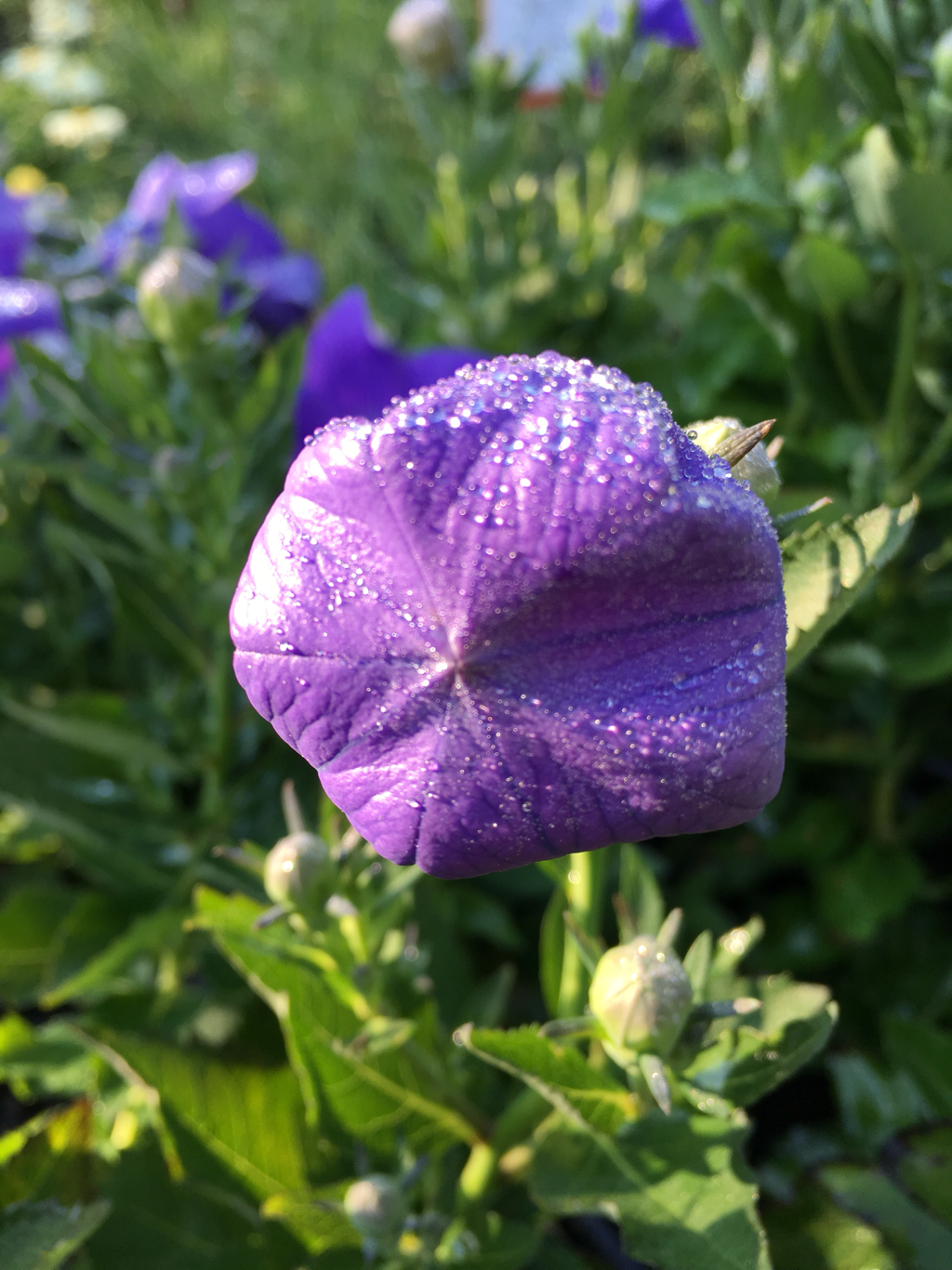
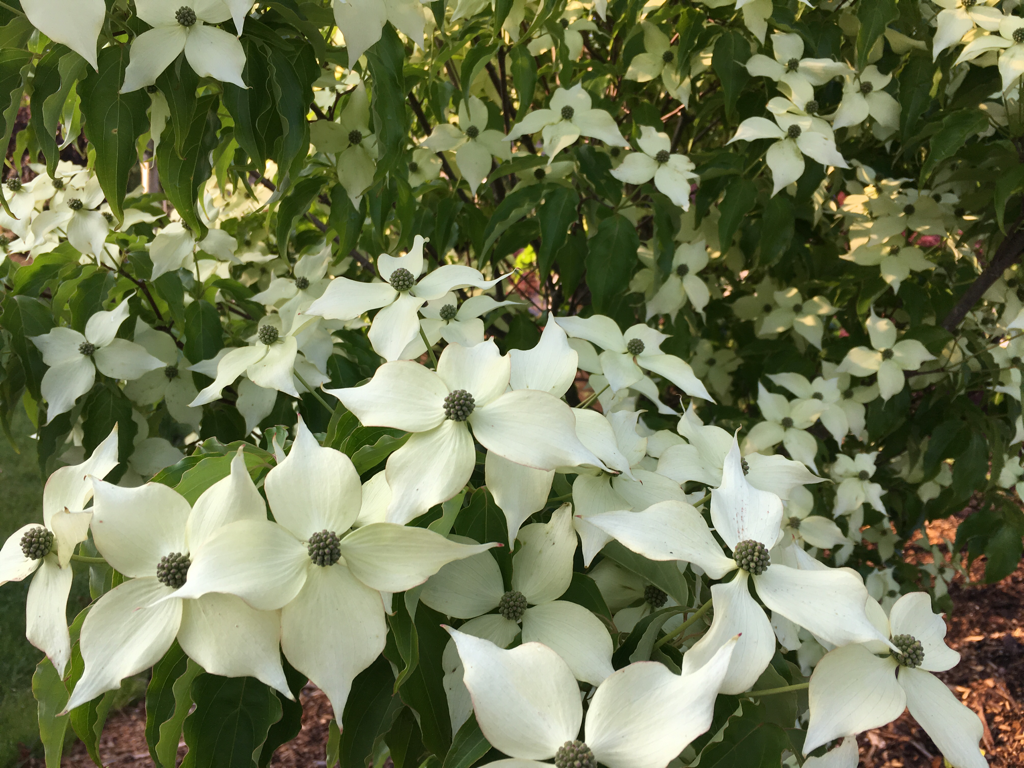
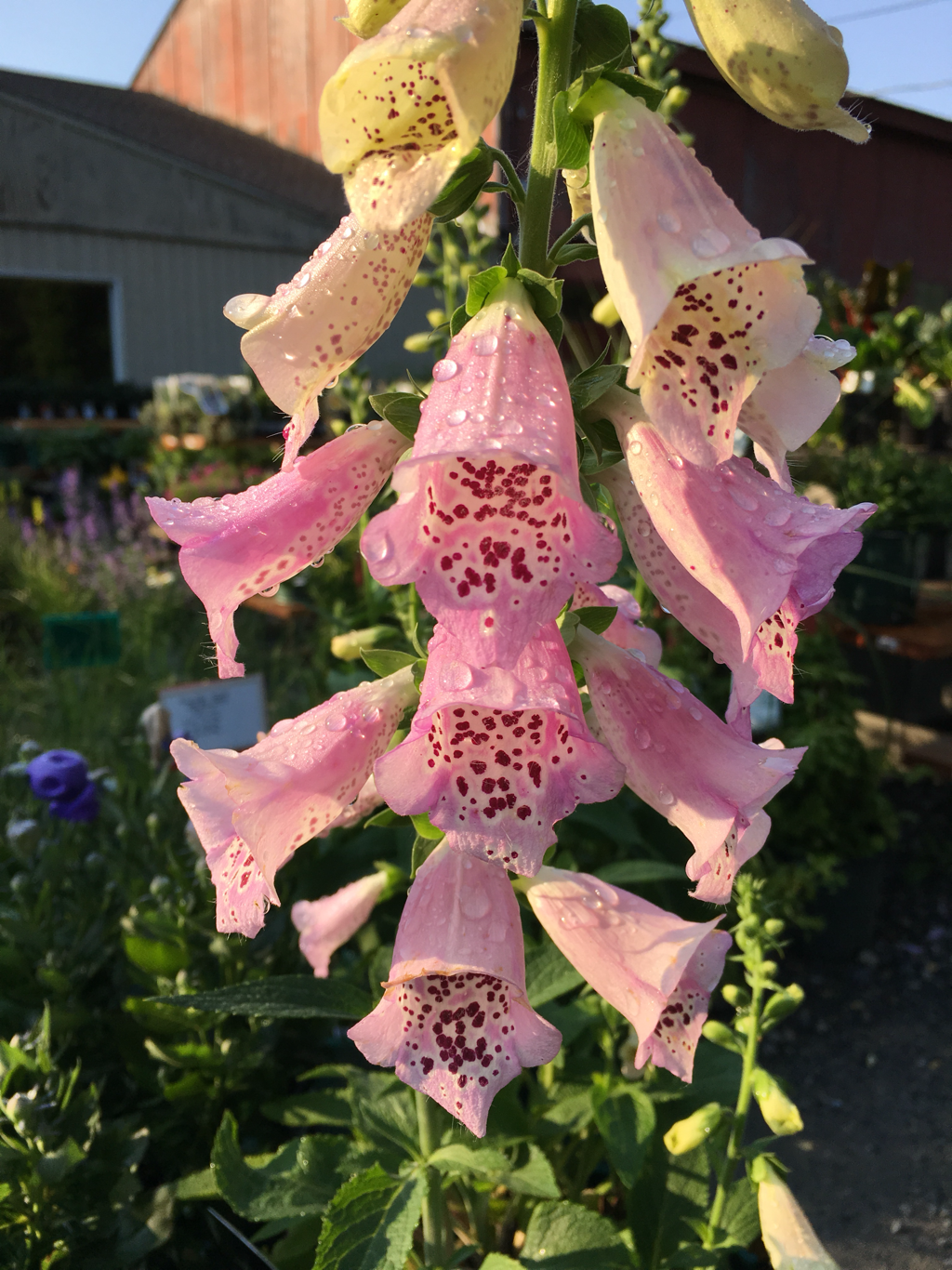
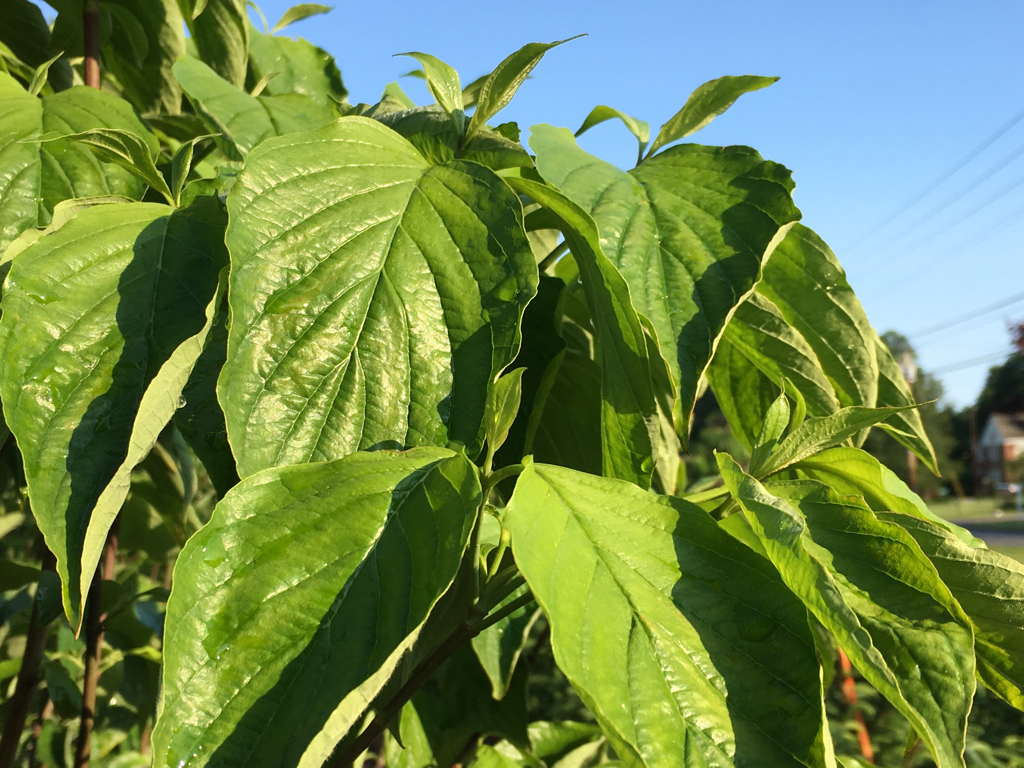
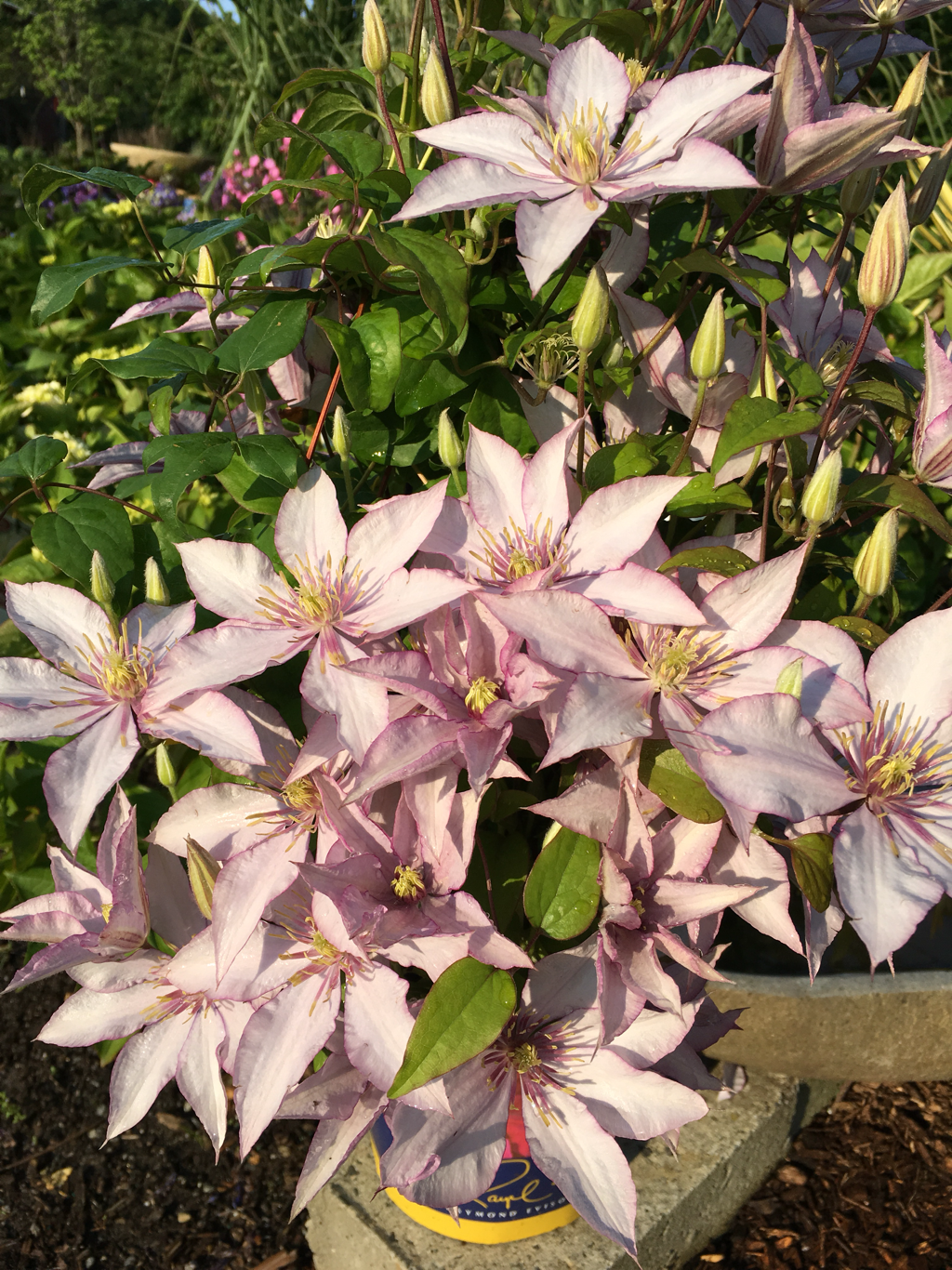
 RSS Feed
RSS Feed